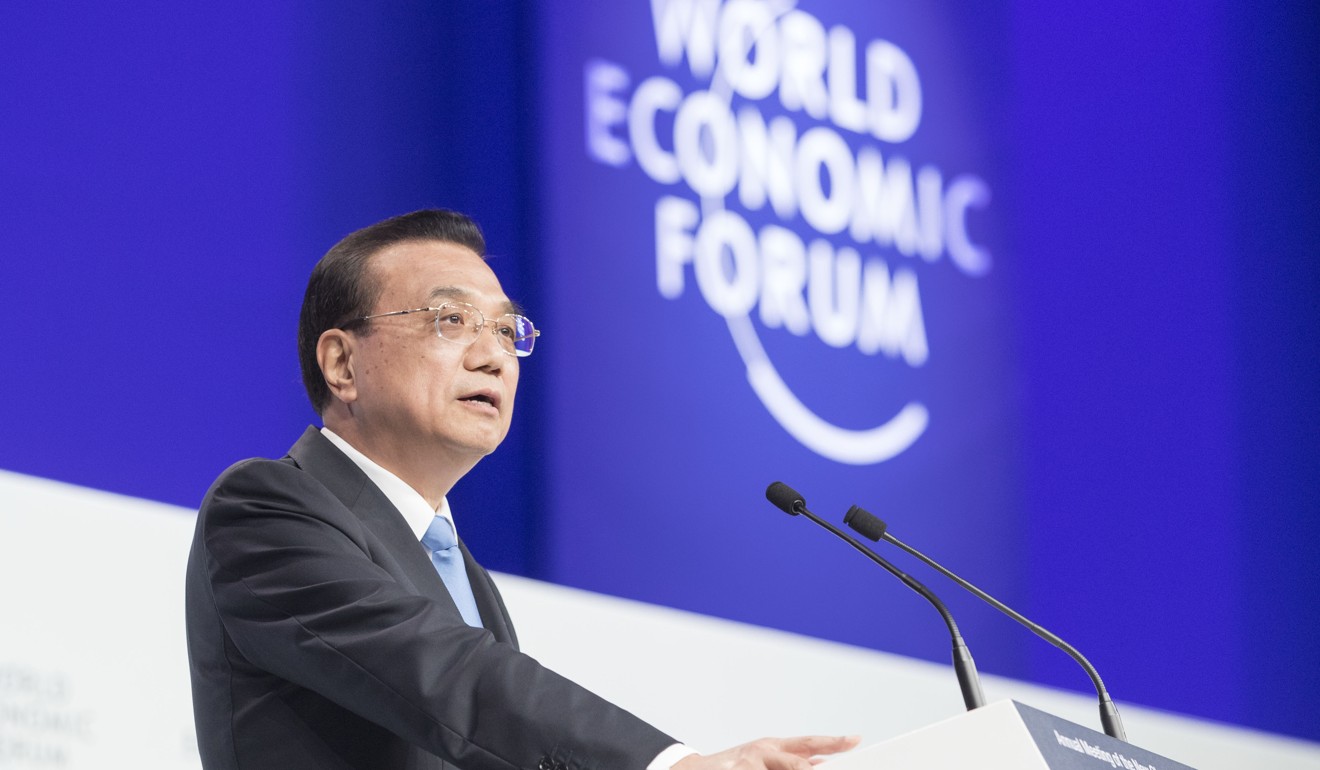
Bond Connect adds new features and ‘market makers’ to give foreign investors greater access to China’s US$9 trillion bond market
- Central bank official unveils plans to further open up China’s bond market in a speech in Hong Kong marking the second anniversary of the cross-border trading scheme
- Still no mention, however, of launching long-awaited ‘southbound’ trading, which would give Chinese investors access to foreign bond markets
A scheme designed to give overseas investors and those in mainland China access to each other’s bond markets celebrated its second anniversary on Wednesday, with the announcement of new features and “market makers” to boost trading.
Gao Fei, deputy inspector at the People’s Bank of China, unveiled the plans to further open up China’s bond market in a speech to hundreds of bankers and traders at the Bond Connect Anniversary Summit 2019, held at the headquarters of bourse operator Hong Kong Exchanges and Clearing.
He did not, however, address the issue of when so-called southbound trading would commence, allowing mainland Chinese investors to buy bonds traded in Hong Kong and other overseas markets.
Explainer: what is Bond Connect?
“We will expand the bond connect scheme by adding more market makers,” Gao said. “We will also add in new bond index products or ETF [exchange traded funds] for foreign international investors to trade Chinese bonds.”
Market makers, normally big financial institutions, are effectively middlemen between the bond issuer and the bidders, quoting prices for the bonds and ensuring liquidity.
Gao’s pledge came a day after Chinese Premier Li Keqiang told global business leaders and government officials at the World Economic Forum in Dalian that Beijing will continue to open its markets to foreign investors, including bond trading.

Senior officials said at the time that southbound trading would only start once there was sufficient demand.
As of the end of June, there were 1,038 financial firms from 29 markets trading via the bond connect, said HKEX chairwoman Laura Cha Shih May-lung. Average daily turnover stood at 6.58 billion yuan (US$955.28 million), up 84 per cent from a year earlier. The record high was on June 12, when 16.2 billion yuan of Chinese debt changed hands.
China’s bond market is the unlikely winner of US-China trade spat. Here’s how
“The rising turnover came after the Chinese bonds were added into some of the widely tracked global bond indices. I believe more indices will include Chinese bonds in the future. Foreign holdings of Chinese onshore bonds reached 1.88 trillion yuan as of May, which is double what they were before the launch of the bond connect,” Cha said at Wednesday’s event.
The Bloomberg Barclays Global Aggregate Bond Index began to track yuan-denominated government bonds and bank securities in April. ANZ Bank estimated that would attract US$150 billion of inflow over a 20-month period from asset managers tracking the gauge.
Among the new features for Bond Connect announced on Wednesday was one that will allow global investors access to indicative pricing information for the onshore bond market through Tradeweb terminals. Tradeweb is an electronic trading platform for bonds, derivatives and exchange-traded funds.
Bloomberg is also launching a number of enhancements for Bond Connect such as a block-trade allocation function and one for trading of structured products.
“Since the start of the year, we have seen a significant increase in foreign investor participation and trading activity in Chinese bonds,” said Bing Li, head of Greater China at Bloomberg.

